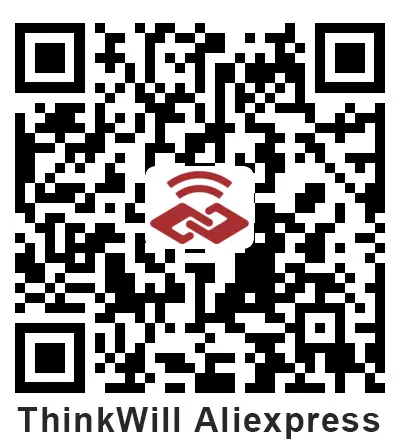2022-09-23

These days, when IoT has penetrated the mainstream technology and marketplace, the growing IoT devices generate a vast amount of data that is more convoluted and challenging to control and manage. How to take over big data becomes an urgent problem to solve for intelligent IoT development. To elaborate, we may need to:
In this digital revolution, reliability and controllability are the paramount factors to consider. Enterprises invest heavily in on-site IT infrastructure with all servers, hardware, and software waiting to be set up, maintenance upgraded, and security ensured. However, the costly on-site server infrastructure usually features unstable, vulnerable, and hardly scalable. Then the flexible IoT cloud deployment comes out.
Besides, ThinkWill IoT Cloud can deal with many IoT device problems for a comprehensive IoT project:
(1) Configure IoT devices in the cloud;
(2) Monitor IoT devices’ status updates and events;
(3) Send commands or update the configurations to IoT devices from a console, from SDK, from code, etc.;
(4) Store the commands until the wake-up of deep-sleep-mode IoT devices;
(5) Collect and analyze the incoming data and then optimize our IoT devices’ behavior and configuration.
The IoT platform supports the configuration, management, and automation of smart IoT devices within a specific IoT infrastructure thus making it possible for inter-device to communicate, cooperate and act intelligently. In general, an IoT infrastructure is a mixture of communication technologies, and various isolated IoT devices forming a quite complicated ecosystem. So it is primary and fundamental to have a common point for holistic communication and management. Therefore, the integrated IoT platform offers systematic collaboration possibilities for all connected IoT devices.
Cloud computing empowers enterprises to upgrade their IT performance and reduce expenditures that create and maintain on-site IT architecture for storing data and running applications via its unmatched speed and scale. It is not only more cost-effective and secure, but also offers more flexibility in corporate data mobility, co-worker collaboration, and data recovery solutions, helping enterprises concentrate on their core business development.
Furthermore, cloud computing has the advantage of fault tolerance. An additional server can be set up for the backup of devices and applications.
To sum up, the groundbreaking IoT cloud is a remarkably effective booster for IoT industry advancement. This is especially true in case of the IoT device management, where a scalable, cost-effective, and communicable IoT cloud solution can make all the difference. Hence, we can expect new IoT devices or applications to publish based on IoT and cloud combinations. And, ThinkWill is ready to launch its IoT cloud platform - ThinkWill Cloud - to chase this forefront revolution ever.
How to Distinguish DTUs, Routers and Industrial IoT Gateways
